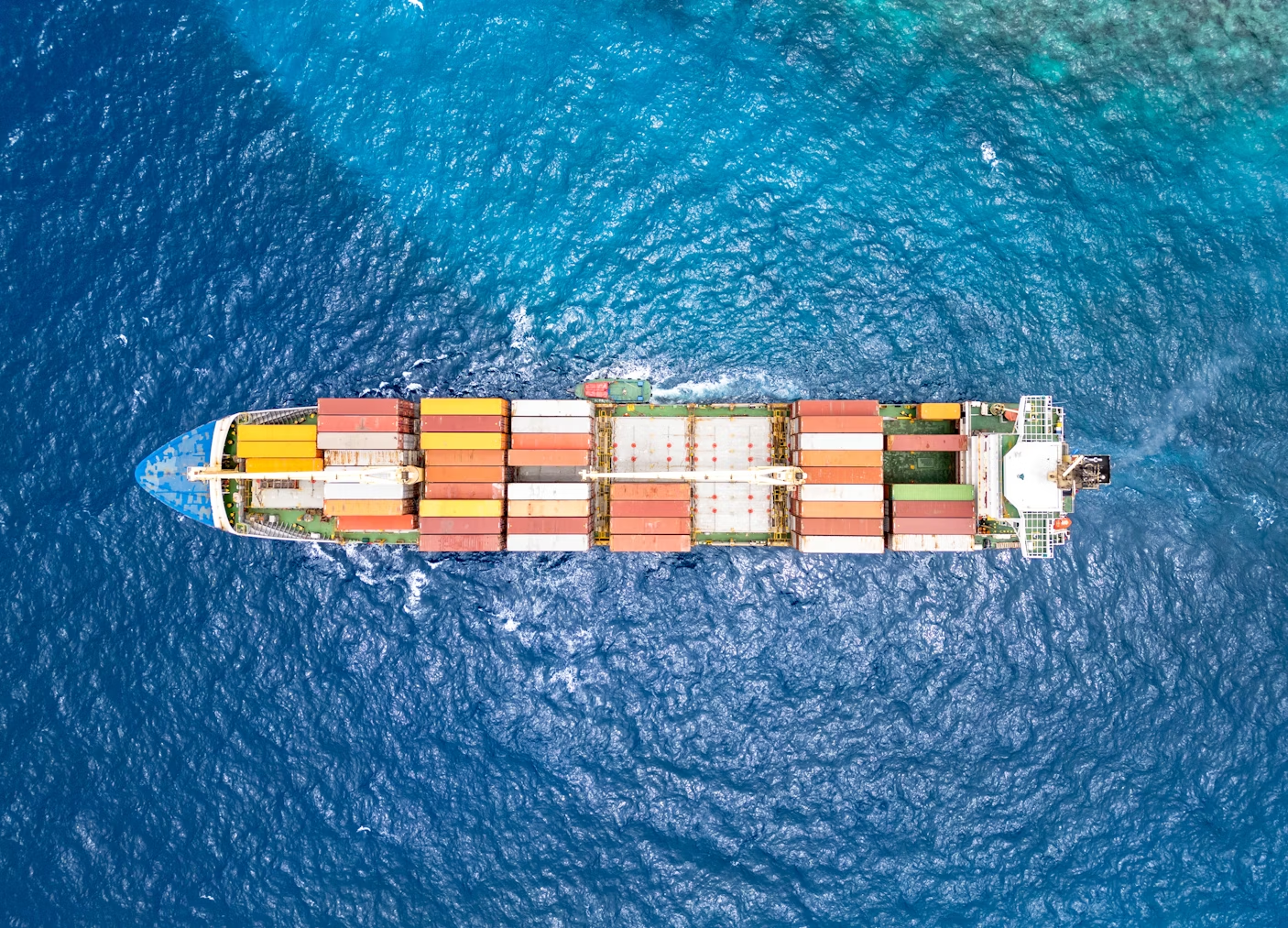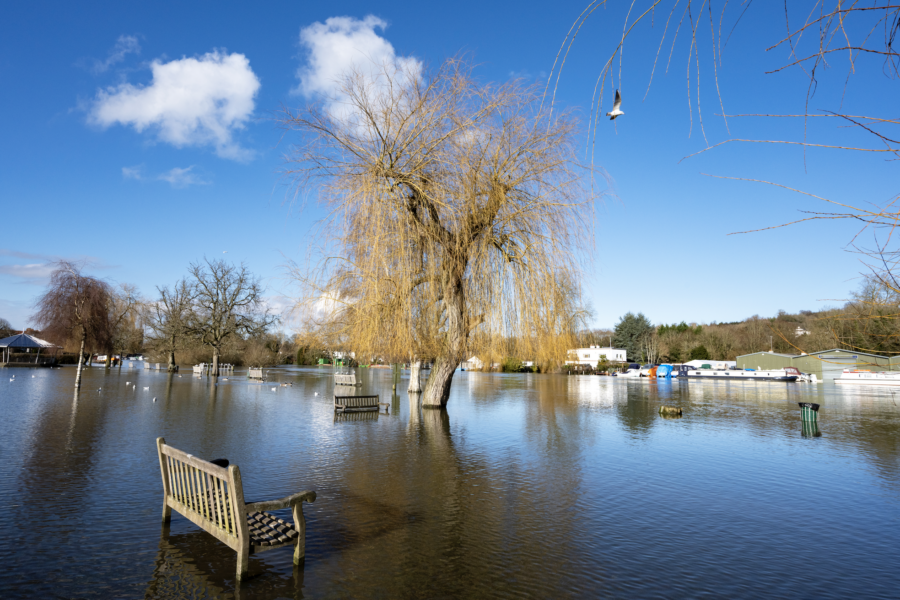Onshore Wind Taskforce Strategy
Context
Onshore wind will play an essential role in Clean Power by 2030, leading to a more secure and affordable energy system, and creating new economic opportunities and jobs across the UK.
Under this Government we removed the defacto ban on onshore wind in England, and are delivering radical action to unlock 27-29GW of onshore wind by 2030 across GB. That’s around 10-12GW more than would have been deployed under historic growth rates, with England contributing around 2GW by 2030.
Onshore wind is among the cheapest sources of new electricity generation to build and operate at scale. Scaling up home-grown renewables, like we’re doing for onshore wind, reduces the UK’s exposure to volatile global fossil fuel prices, which protects consumer energy bills against future price shocks.
This document is the Government’s strategy to deliver radical action to quickly unlock onshore wind and deliver on the benefits. It has a multi-territorial scope, focusing on the deployment of onshore wind in England but also recognising the importance of addressing the barriers to onshore wind development across the UK.
Commitments
The Onshore Wind Taskforce established in July 2024 has developed actions to boost onshore wind deployment and deliver benefits for local communities, British businesses and the consumer. Drawing on the Taskforce’s work, this Strategy includes 42 actions, primarily Government commitments, to resolve the key blockers to onshore wind in the UK. The key actions include:
1. Scoping, planning and consenting – ambitious new reforms to improve planning system attrition rates and ensure streamlined consenting, including but not limited to:
a. Updating planning policy and guidance for onshore wind to ensure that planning decisions are based on up-to-date technical information and evidence.
b. Improving data and delivering an enhanced training package, to ensure that site surveying and assessments are more efficient.
c. A consultation on permitted development rights to support small-scale deployment and repowering.
2. Networks and systems – commitments reiterating important actions already underway, such as:
a. Radical connections reform, to ensure the grid can support low-carbon generation such as onshore wind, and network build is accelerated.
b. Delivering the Strategic Spatial Energy Plan, to support a more actively planned approach to energy infrastructure.
3. Communities and public perception – new commitments to further enhance the relationship between onshore wind developers and local community stakeholders, including:
a. Embedding best practice principles of engagement into planning guidance.
b. Publishing updated Community Benefits Guidance for Onshore Wind in England.
c. Delivering regional communications campaigns that provide accurate information on economic investment and development impacts, led by industry.
4. Aviation and defence – range of new commitments to tackle onshore wind interference issues with civil and military radar, including but not limited to:
a. Time-bound commitments to consult and enforce a revised solution to managing the Eskdalemuir Seismic Array.
b. An annual survey to quantify the impact of aviation and defence objections on the onshore wind sector.
c. Enhancing the role of the Civil Aviation Authority to act as a mediator in local mitigation processes.
d. A programme of trials to test potential solutions to onshore wind turbine interference with Ministry of Defence (MoD) air traffic control radars (including RAF Lossiemouth).
5. Finance and routes to market – considers project routes to market (e.g. the Contracts for Difference Scheme), and delivery challenges projects face related to financing, including commitments to:
a. Establish a joint Government/industry subgroup as part of a new Onshore Wind Council, to identify and monitor specific challenges facing projects.
b. Consider reforms to the Contracts for Difference Scheme.
6. Supply chains, skills and the workforce – new commitments to improve the evidence base to underpin future supply chain and skills policy interventions, including:
a. Undertaking supply chain research to better understand constraints and opportunities across the onshore wind sector.
b. Completing workforce monitoring for the sector, led by the onshore wind industry.
Delivery
The successful implementation of the Onshore Wind Strategy is dependent on robust management and monitoring of progress, and a continuous evaluation of the effectiveness of the actions taken. The Government is committed to delivering the level of onshore wind needed by 2030 and is therefore establishing a new Onshore Wind Council to oversee the implementation of this strategy and to develop the further actions likely needed to get us to the Clean Power 2030 capacity range.
We will take a data-driven approach to monitoring the delivery of the Onshore Wind Strategy. The Onshore Wind Council and supporting group will track the onshore wind pipeline out to 2030 and beyond, key performance indicators related to many of the actions committed to by the Government in this document, and wider economic and financial factors influencing the onshore wind industry.
In totality, this presents a robust plan to ensure the Government and industry continue to work together to fulfil the commitments made within this strategy and unblock the barriers to onshore wind deployment across the UK.
Read the full strategy below.
Source: UK Government: https://www.gov.uk/government/publications/onshore-wind-strategy
The Critical Supply Group consists of companies and professionals committed to secure and resilient critical supply chains. CSG is managed by MAP UK & International. For more details, including how to get involved, or to make contact with any of the entities involved, please email info@mapukinternational.com.
.png?quality=high&width=300&height=141&name=CSG%20Logo%20c%20(1).png)


